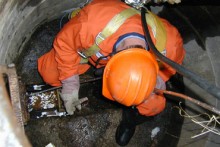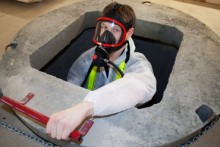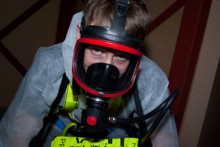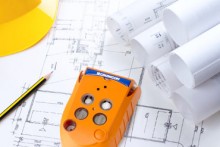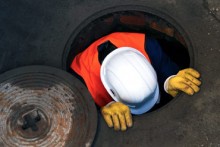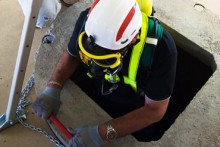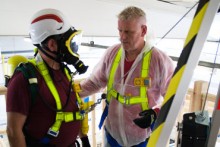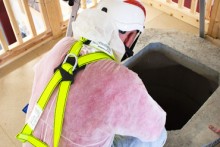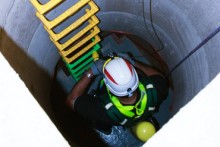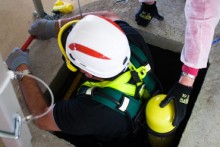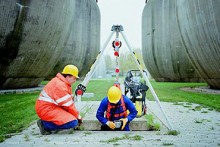Things can go wrong very quickly in a confined space. Serious or immediate danger may be exposed to serious and immediate danger. Effective arrangements for raising the alarm and carrying out rescue operations in an emergency are essential.
Contingency plans will depend on the nature of the confined space, the risks identified and consequently the likely nature of an emergency rescue.
Emergency arrangements will depend on the risks. You should consider communications, rescue and resuscitation equipment.
Communications
How can an emergency be communicated from inside the confined space to people outside so that rescue procedures can start? Don’t forget night and shift work, weekends and times when the premises are closed, e.g holidays. Also, consider what might happen and how the alarm can be raised.
Rescue and Resuscitation Equipment
Providing suitable rescue and resuscitation equipment will depend on the likely emergencies identified. Where such equipment is provided for rescuers to use, training in correct operation is essential.
Capabilities of Rescuers
Rescuers need to be properly trained people, sufficiently fit to carry out their task, ready at hand and capable of using any equipment provided for rescue, e.g. breathing apparatus, lifelines and firefighting equipment. Rescuers also need to be protected against the cause of an emergency.
Shut Down
It may be necessary to shut down adjacent plant before attempting emergency rescues.
First-Aid Procedures
Trained first aiders need to be available to make proper use of any necessary first-aid equipment provided.
Local Emergency Services
How are the local emergency services (e.g. Fire and Rescue service) made aware of an incident? What information about the particular dangers in the confined space is given to them on their arrival?

